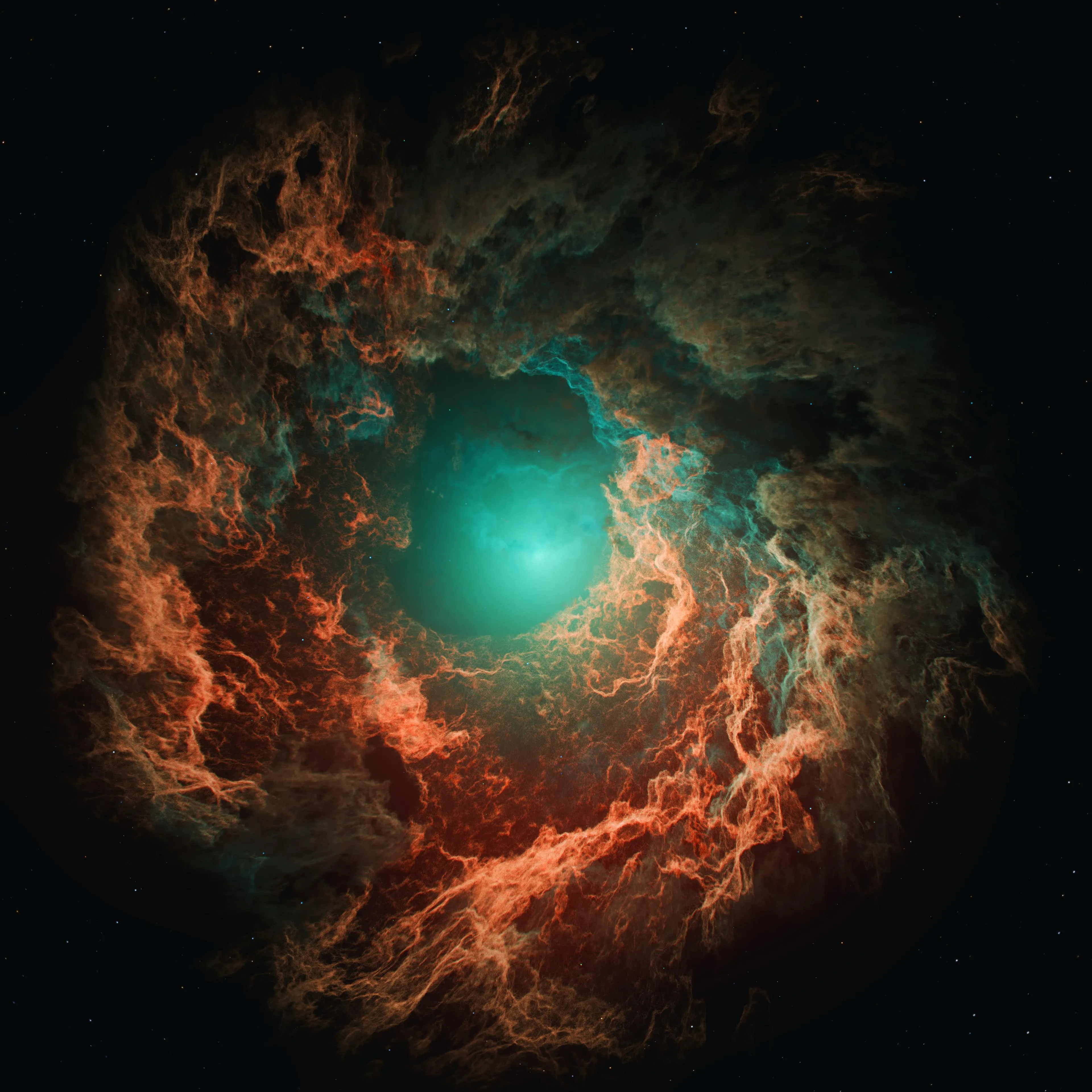When the Abyss Stares Back: Unraveling the Artistry Behind a Cosmic Gaze
An arresting image recently circulated online, bearing the evocative title 'Sometimes the abyss stares at you.' Its striking resemblance to a watchful, cosmic eye immediately drew attention, prompting a flurry of speculation about its origins. Was it a rare photograph from a powerful telescope? An AI-generated marvel? Or something else entirely?

The Mystery Unveiled: A Digital Masterpiece
The image's distinctive 'skull-like' appearance, strongly evoking the famous Rosette Nebula (also known as Caldwell 49 or the Skull Nebula), led many to believe it was a genuine astronomical capture. However, the true nature of this cosmic spectacle is even more fascinating: it's a meticulously crafted 3D render.
The creator of the image stepped forward to clarify its origins, stating, "It's not. This is a 3D render I made in Blender with my nebula shader." This revelation highlights the incredible capabilities of modern digital art and rendering tools in simulating the complex beauty of the cosmos.
Blurring Lines: Art, Science, and Simulation
This piece serves as a powerful reminder of how far digital rendering technology has come. Tools like Blender, combined with advanced shaders, allow artists to create unbelievably realistic cosmic scenes that can easily be mistaken for genuine astrophotography. It blurs the lines between scientific visualization, space art, and pure imagination.
The ability to render such lifelike nebulae opens up new avenues for exploring hypothetical cosmic phenomena, creating educational content, or simply indulging in breathtaking artistic expression inspired by the universe. The impressive work truly showcases the power of digital creativity to bring the wonders of the cosmos to life, even if they aren't captured by a telescope.
So, the next time the 'abyss stares back,' remember that it might just be a testament to human ingenuity and the boundless potential of digital art.




